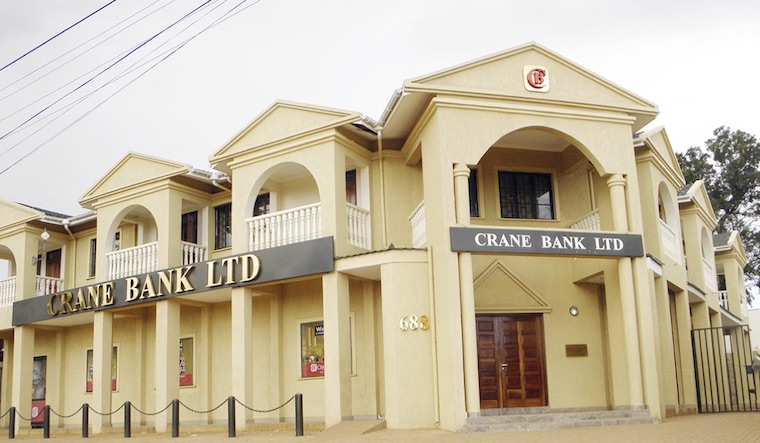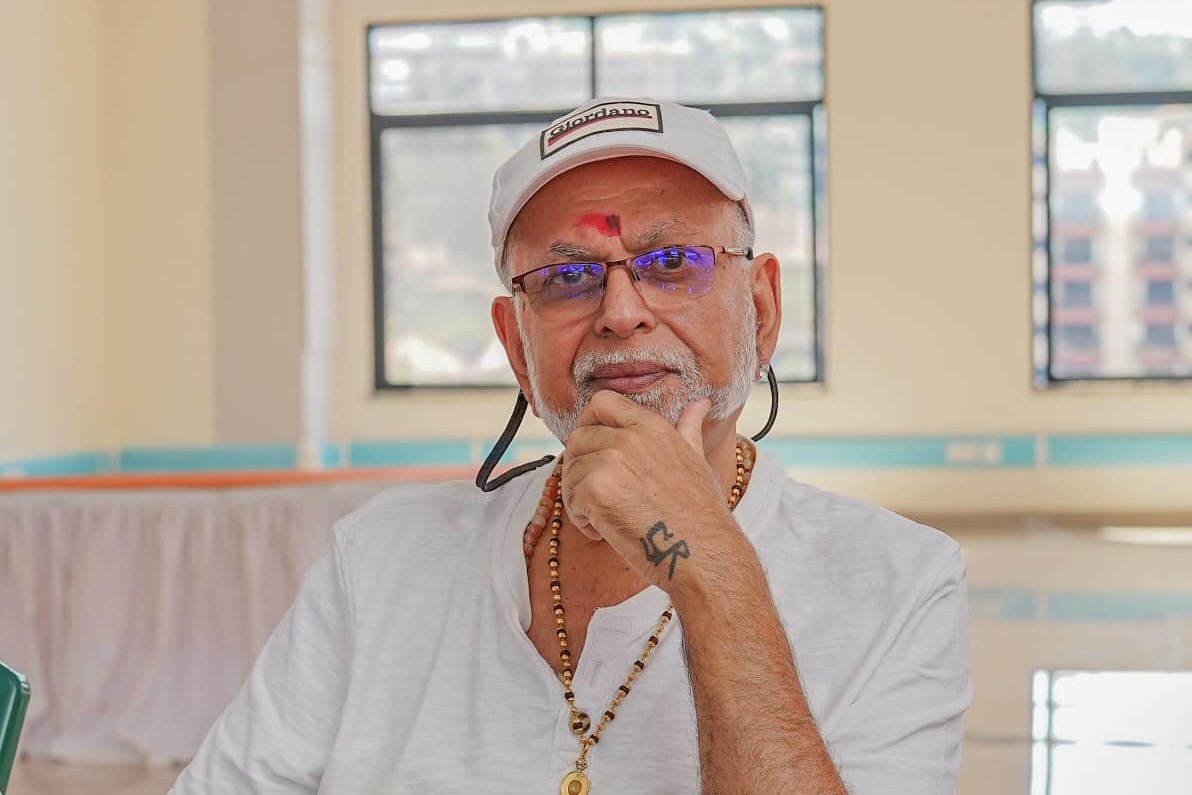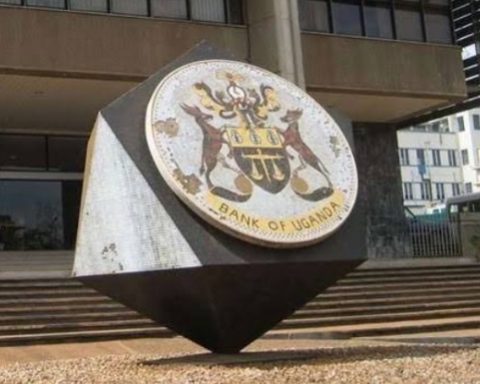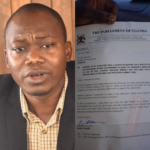The Supreme Court decision directing that Crane Bank Ltd be reverted to its owners has raised a lot of mixed feelings, for it comes with a legal and cost implication which in one way or another will affect the ordinary Ugandan.
The costs associated with the case will naturally be forked from the consolidated fund which money is painfully collected from the tax payer.
It is absurd that the mistakes of a few careless, incompetent, call them greedy fellows at Bank of Uganda have landed the country into a very unnecessary legal and financial predicament.
Surely with a wealth of avenues from which bank of Uganda is entitled to seek legal guidance, such a blunder was the last mistake the directors would make.
For a long time, Bank of Uganda in their capacity as the regulator of commercial banks had exercised a lot of impunity in bullying financial institutions under the pretext of financial mismanagement, protecting customers’ deposits, depletion of working capital, theft, insider lending among others.
But when all is said and done, that is the price we pay when a Government institution and individuals are given too much authority; such absolute powers are always prone to abuse.
The central bank has been relying on the Financial Institutions Act, the Bank of Uganda Act, and a host of others laws, regulations and policies to do as they please and with unlimited authority to seize a commercial bank, or close them altogether even on a mere suspicion.
Upon seizing the bank, they quickly negotiate and sell to a willing buyer at an amount decided by them without involving shareholders or Directors of that bank.
Now the Supreme Court has finally declared that the central bank did not follow the right procedures when it seized and liquidated Crane bank before having the same sold to DFCU Bank.
To me, the decision of the Supreme Court is nothing to celebrate, it amount to nothing but an exercise in futility.
Crane bank and or its current shareholders or Directors may never get a green light to manage any financial institution in Uganda.
Crane Bank will certainly mount pressure on the central bank to account for seized assets before and after they were sold to DFCU, which information is not available. In the past, Bank of Uganda officials who testified during the COSASE probe confirmed there were no minutes or records leading to the closure of several commercial banks.
During his presentation before COSASE, Bank of Uganda Governor Mutebile emphasized that Bank of Uganda’s actions towards the seven banks or any financial institutions closed in the past was in good faith for the benefit of all Ugandans saying their actions were well intentioned to protect depositors, to increase confidence in banking and to foster financial sector stability.
With this information at the back of our minds, all that Crane bank may get back is the name and the buildings said to have been registered in the names of Meera Investments and not a license to operate a commercial bank.
To the Supreme Court, the life and the name of Crane bank has been restored but Bank’s resurrection as a financial institution may only remain on paper as it is entirely the mandate of the Central Bank. The shareholders may never see the operation of crane bank in Uganda’s banking sector as this may awaken the other banks that were erroneously and illegally closed by Bank of Uganda. That can easily throw our weak financial sector into serious confusion.
The background to this confusion was that in the year 2016, the Central Bank engaged the services of Price water house Coopers to investigate Crane Bank for several financial crimes and mismanagement. In their-Price water house report, they recommended the prosecution of Crane Bank board of directors, investors, and senior management for “flaunting Uganda’s banking laws. Upon getting that report, Bank of Uganda pounced and took an administrative decision that saw the closure of Crane Bank.
In what I could conclude as an admission of guilt, the Price Water report was never challenged in the courts of law and by implication it still stands against those persons and entities that the report implicated.
Further still, the issue of receivership was not in contention, the grievance in the courts of law had a lot to do with what happened after the bank was taken over. Matters are made worse that the third schedule of the Financial Institutions Act bars any director of a bank placed under receivership by the Central bank from running a business of a financial institution.
Atleast the owners of closed banks such as Greenland Bank, Teefe Bank, International Credit Bank, Cooperative bank, National Bank of Commerce, Global Trust Bank and Crane Bank Limited have remained in the limbo as they have been blacklisted by Bank of Uganda never to raise their heads above the murky waters of the banking industry in Uganda.
The readers may recall that in the month January 2017, Bank of Uganda sold Crane bank to DFCU at a mere pocket change of Shs200 billion on allegations of being undercapitalized. There is no doubt Crane bank was worth more than the amount at which it was sold. Ugandans should not forget that DFCU alone has “swallowed” a number of closed banks. In this case we are left wondering whether DFCU was the highest bidder or that the banks they have acquired were sold by private treaty. As of 31st December 2015, Crane Bank alone had assets worth 1.81 trillion shillings, with shareholders’ equity of 281.43 billion shillings.
A few months before closing Crane Bank, Sudhir Ruparelia and his family had 48.7% of the company, and a Mauritius based company called White Sapphire owned 47.33 percent and the other shares belonged to undisclosed Ugandans.
Two years before its closure and sale, Crane Bank had more than 750,000 customers with huge sums of money in their accounts while the rest of the account holders were borrowers. These customers were all transferred to DFCU Bank without their consent. Again we may be reminded that DFCU initially took over a number of Crane Bank branches but quickly vacated them on realizing the buildings belonged to another of Sudhir companies Meera investments.
The sale opened a can of worms when Crane bank in receivership/Bank of Uganda sued Sudhir Ruparelia and his company Meera at the commercial Court division seeking to recover the money alleged siphoned by the tycoon and his companies.
They also sought to recover 48 freehold properties as well as an order to obtain executed transfer agreements and a refund of the monies for which they claimed were for invalid leases. From their conduct, Bank of Uganda was determined to wipe off Crane Bank from the financial scene which did not go down well for Sudhir Ruparelia even in his initial silence.
Two years later, Justice David Wangutusi as he then was dismissed the case with costs on grounds that Crane bank in receivership had no capacity to commence legal proceedings against Sudhir and his company.
Aggrieved by the findings of the High Court, Bank for Uganda appealed the decision in the Court of appeal for further redress. Before their appeal could be heard, they moved court to have the same withdrawn to which Sudhir and group objected saying they should be awarded costs.
The Court of appeal agreed with Sudhir on costs but also created gaps which necessitated the intervention of the Supreme Court. After a lengthy legal battle with counter accusations, the Supreme Court has now landed a heavy blow to Bank of Uganda ordering that Crane bank be reverted to its shareholders.
In her Friday decision that left the nation in shock Her Lordship Lillian Tibatemwa indicated that under the Financial Intelligence Act, it is provided that after the expiration of 12 months from the date of takeover by the receiver, the receivership must be deemed to have lapsed by operation of the law.
“It is a position at common law that where a legal relationship is terminated by effluxion of time then the rights accruing reverts back to the owner”. Bank of Uganda felt the Court went beyond what they had been asked to do since they had withdrawn their appeal earlier at the court of appeal.
Nonetheless, the Supreme Court reasoned that since Crane bank existed as a legal entity before it was licensed to operate as a financial institution and that the return of management to the shareholders is a logical result of the fact that the central bank is no longer a receiver and no longer the manager.
To the Supreme Court, Crane bank receivership ended on January 20, 2018, and consequently, its management had to be reverted to its shareholders but in my view only as a name. Whatever the out-come, my considered view is that the burdens arising out of this case should not be visited on the tax payer but to individual careless bank of Uganda employees who were involved in the wanton seizure, closure and sale of crane bank.
![]()




























